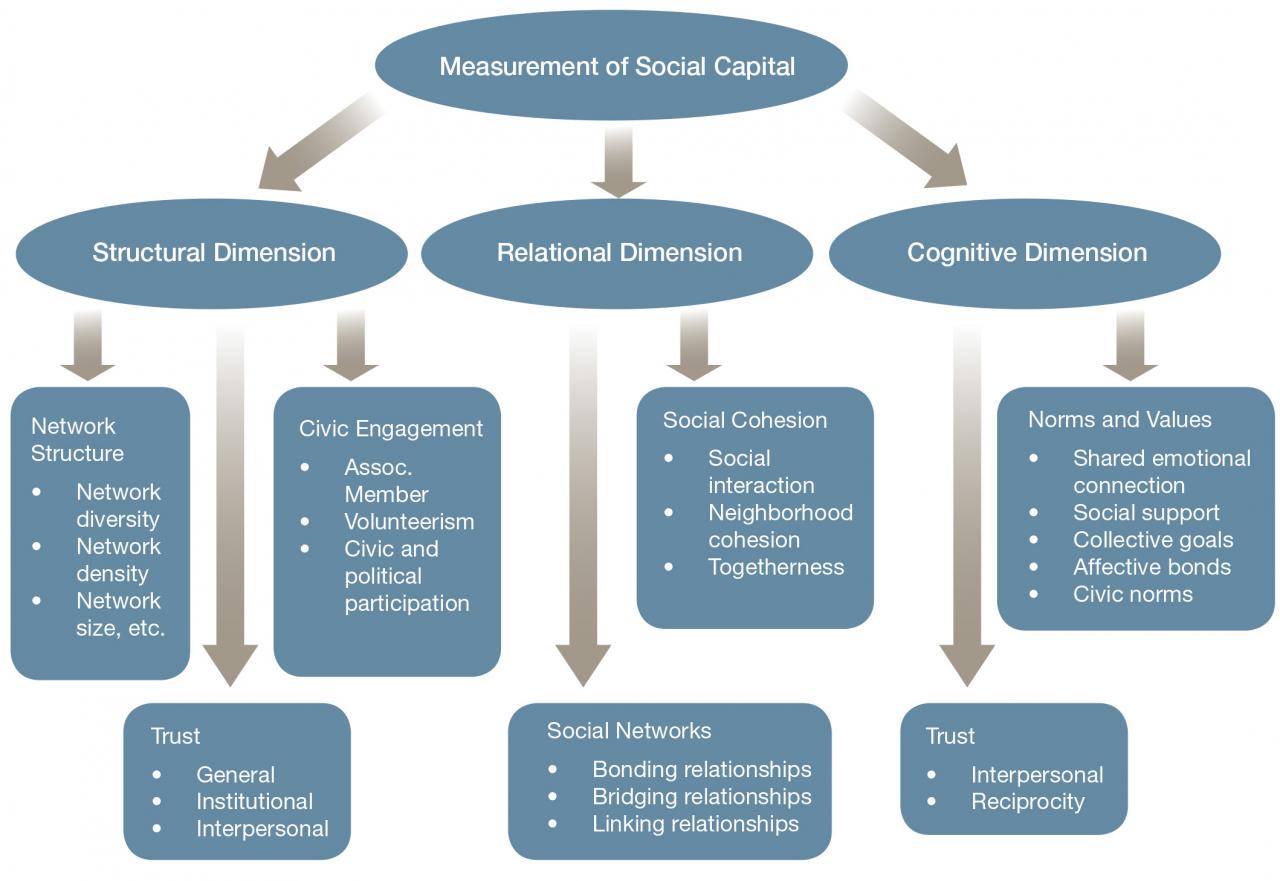
Embark on a captivating journey into the realm of capitol measurement, where precision meets architectural grandeur. From its historical roots to modern techniques, we delve into the intricate methods used to determine the colossal dimensions of this iconic structure, revealing its significance in urban planning and national identity.
Unravel the secrets behind the Capitol’s architectural features, exploring its height, width, and length. Discover how these dimensions shape its design and function, influencing the growth and layout of the surrounding cityscape.
Historical Significance of the Capitol Measurement
The Capitol measurement holds immense historical significance, dating back to the inception of the United States. It played a crucial role in shaping the nation’s architectural landscape and urban planning, and continues to serve as a testament to the ingenuity and vision of the founding fathers.
The Capitol’s dimensions were meticulously planned and executed, embodying the ideals of democracy and national pride. Its measurements were derived from the principles of classical architecture, which emphasized symmetry, proportion, and harmony. These principles were believed to convey stability, order, and permanence, qualities that were deemed essential for the seat of the federal government.
Origins and Evolution of the Measurement
The Capitol’s measurement can be traced back to the original plans drawn by architect William Thornton in 1793. Thornton’s design was inspired by the Roman Pantheon, with a central dome and a symmetrical facade. The building’s dimensions were determined based on the principles of classical architecture, with the length and width of the building being in a ratio of 3:2.
Over the years, the Capitol has undergone several expansions and renovations, each of which has slightly altered its dimensions. However, the original proportions and overall measurements have been preserved, ensuring that the building retains its historical integrity and architectural significance.
Methods and Techniques for Measuring the Capitol
Measuring the Capitol is a complex and precise undertaking that requires a combination of traditional and modern techniques. The following are some of the most commonly used methods:
- Traditional methods:These methods involve using measuring tapes, levels, and other traditional tools to determine the Capitol’s dimensions. While these methods are relatively simple and straightforward, they can be time-consuming and may not provide the highest level of accuracy.
- Laser scanning:Laser scanning is a non-contact method that uses lasers to create a detailed 3D model of the Capitol. This method is highly accurate and can provide a comprehensive overview of the building’s dimensions, including its height, width, and length.
- Photogrammetry:Photogrammetry is a technique that uses photographs to create a 3D model of the Capitol. This method is less accurate than laser scanning but can be used to obtain measurements from a distance.
The choice of method depends on the accuracy and precision required, as well as the availability of resources and time constraints.
Architectural Features and Dimensions of the Capitol
The Capitol is an architectural masterpiece that showcases the principles of classical architecture. Its dimensions are carefully calculated to create a sense of harmony and proportion.
Height, Width, and Length
The Capitol is approximately 288 feet tall, 350 feet wide, and 751 feet long. These dimensions create a visually imposing structure that dominates the skyline of Washington, D.C.
Other Architectural Features, Capitol measurement
In addition to its height, width, and length, the Capitol has several other notable architectural features, including:
- A central dome that is 180 feet tall and 100 feet in diameter
- Two wings that house the Senate and House of Representatives
- A grand staircase that leads to the Rotunda
- A National Statuary Hall that contains statues of notable Americans
These architectural features contribute to the Capitol’s grandeur and make it one of the most iconic buildings in the United States.
Comparison to Other Notable Buildings
The Capitol’s measurements compare favorably to those of other notable buildings around the world. For example, the Capitol is taller than the Empire State Building and wider than the Great Pyramid of Giza.
| Building | Height (feet) | Width (feet) | Length (feet) |
|---|---|---|---|
| Capitol | 288 | 350 | 751 |
| Empire State Building | 1,250 | 200 | 425 |
| Great Pyramid of Giza | 481 | 756 | 756 |
These comparisons highlight the Capitol’s architectural significance and its place among the world’s most impressive buildings.
Impact on Urban Planning and Development: Capitol Measurement
The Capitol’s measurement has had a significant impact on the urban planning and development of Washington, D.C. The building’s imposing size and central location have shaped the city’s layout and influenced the growth of surrounding neighborhoods.
The Capitol is located at the eastern end of the National Mall, a vast open space that stretches for over two miles. The Mall was designed to provide a grand approach to the Capitol and to create a sense of civic pride.
The Capitol’s size and prominence have also influenced the development of surrounding neighborhoods, such as Capitol Hill and Southwest D.C.
Cultural and Symbolic Significance

The Capitol’s measurement has cultural and symbolic significance that extends beyond its architectural grandeur. The building’s dimensions have been carefully chosen to represent the ideals of democracy and national pride.
The Capitol’s height, for example, is symbolic of the nation’s aspirations to reach new heights. The building’s width represents the strength and stability of the American people. And the Capitol’s length represents the vastness of the United States and its potential for growth.
The Capitol’s measurements have also been used in art, literature, and popular culture. For example, the Capitol’s dome is featured prominently in the painting “The Star-Spangled Banner” by Francis Scott Key. The Capitol is also mentioned in the lyrics of the national anthem, “The Star-Spangled Banner.”
Conclusive Thoughts
The Capitol’s measurement stands as a testament to human ingenuity and the enduring power of architecture. Its dimensions have left an indelible mark on the cultural landscape, inspiring awe and admiration for centuries to come.
Question & Answer Hub
What is the significance of the Capitol’s measurement?
The Capitol’s measurement holds historical, architectural, and cultural significance. It reflects the building’s grandeur, influences urban planning, and serves as a symbol of national identity.
How is the Capitol’s measurement determined?
Various methods are employed to measure the Capitol, including traditional techniques using measuring tapes and modern approaches involving laser scanning and photogrammetry.
What are the architectural features influenced by the Capitol’s measurement?
The Capitol’s measurement influences its height, width, length, and overall proportions. These dimensions determine the building’s scale, aesthetics, and functionality.





